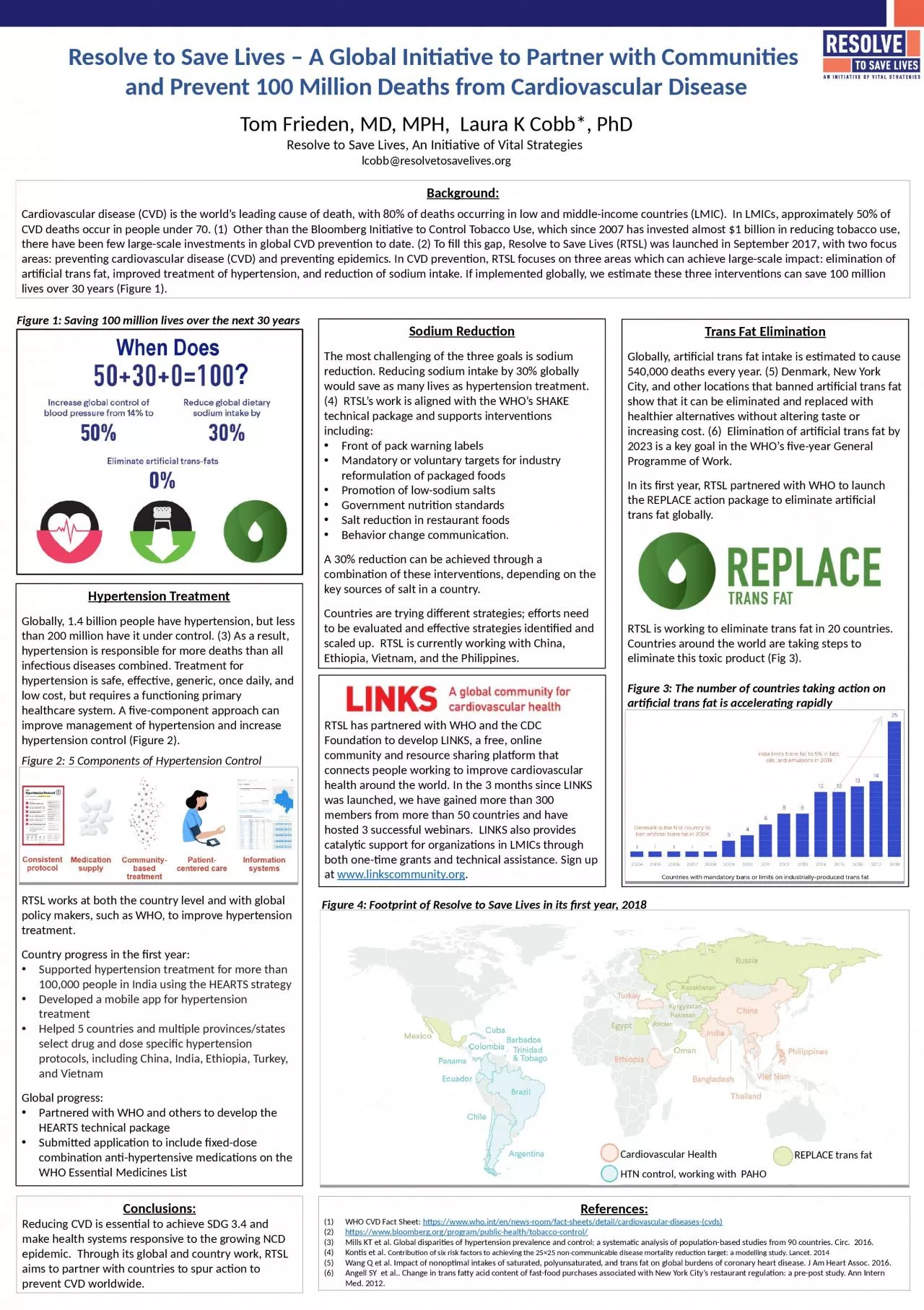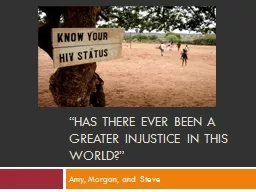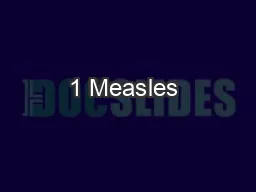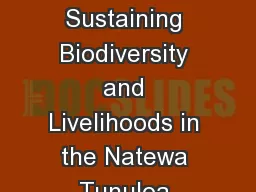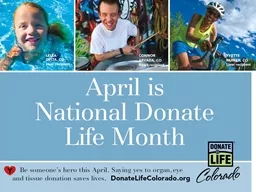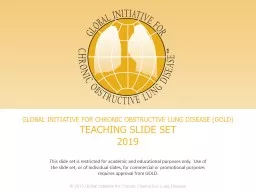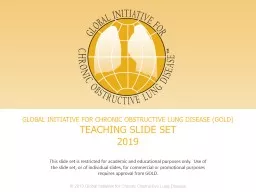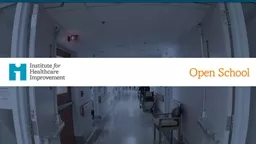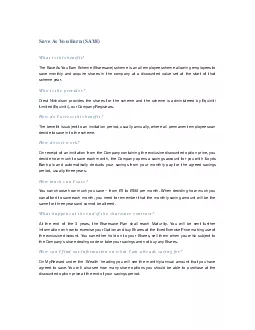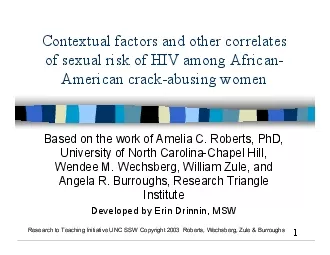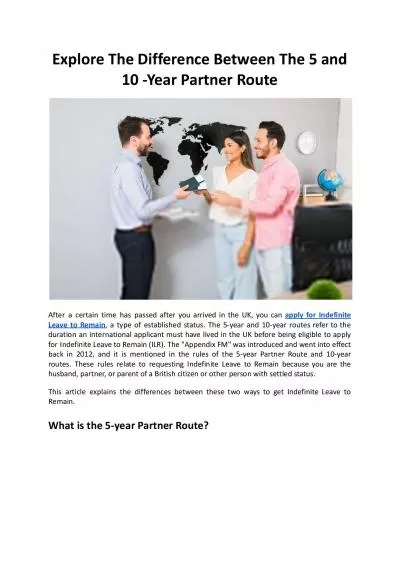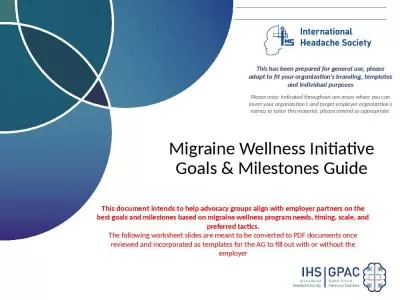PPT-Resolve to Save Lives – A Global Initiative to Partner with Communities
Author : emmy | Published Date : 2024-03-13
and Prevent 100 Million Deaths from Cardiovascular Disease Tom Frieden MD MPH Laura K Cobb PhD Resolve to Save Lives An Initiative of Vital Strategies lcobbresolvetosavelivesorg
Presentation Embed Code
Download Presentation
Download Presentation The PPT/PDF document "Resolve to Save Lives – A Global Initi..." is the property of its rightful owner. Permission is granted to download and print the materials on this website for personal, non-commercial use only, and to display it on your personal computer provided you do not modify the materials and that you retain all copyright notices contained in the materials. By downloading content from our website, you accept the terms of this agreement.
Resolve to Save Lives – A Global Initiative to Partner with Communities: Transcript
Download Rules Of Document
"Resolve to Save Lives – A Global Initiative to Partner with Communities"The content belongs to its owner. You may download and print it for personal use, without modification, and keep all copyright notices. By downloading, you agree to these terms.
Related Documents

